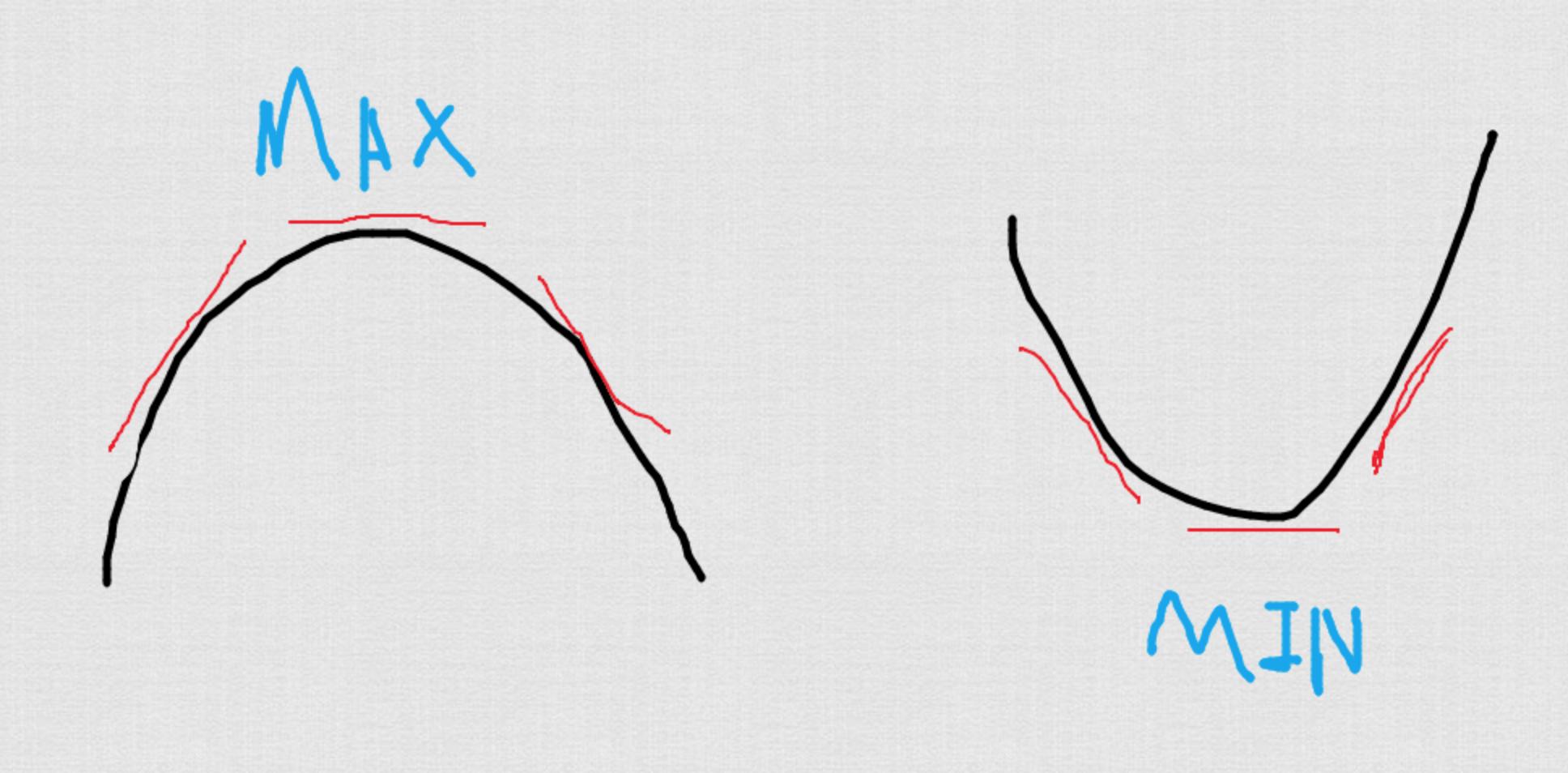Doing 2-unit bridging course and have no idea how to do this, I kind of got half the answer but even then I probably did it wrong. My working might look weird or be wrong because I used several different sources which did this a different way. And also because I don't know how to math at all.
^ = squared
QUESTION:
Find the minimum/maximum value of:
f(x) = 4x - x^
What I did so far:
f(x) = 4x - x^
f(x) = 4 - 2x
f(0) = 4 - 2x
0 = 4
x = 4
I don't know how to do the rest, and I know what I have isn't right. I've mixed stuff up and don't know what I'm doing. But I know 4 is part of the answer, since it's in the answers page. So I'm getting somewhere, I guess.
Can someone please help me do this question, and please be patient and also be detailed in your answer - you're helping someone who failed year 10 maths.
^ = squared
QUESTION:
Find the minimum/maximum value of:
f(x) = 4x - x^
What I did so far:
f(x) = 4x - x^
f(x) = 4 - 2x
f(0) = 4 - 2x
0 = 4
x = 4
I don't know how to do the rest, and I know what I have isn't right. I've mixed stuff up and don't know what I'm doing. But I know 4 is part of the answer, since it's in the answers page. So I'm getting somewhere, I guess.
Can someone please help me do this question, and please be patient and also be detailed in your answer - you're helping someone who failed year 10 maths.



